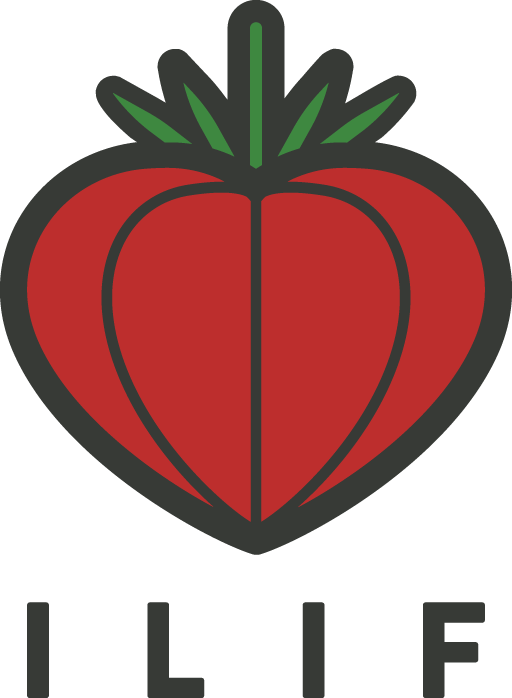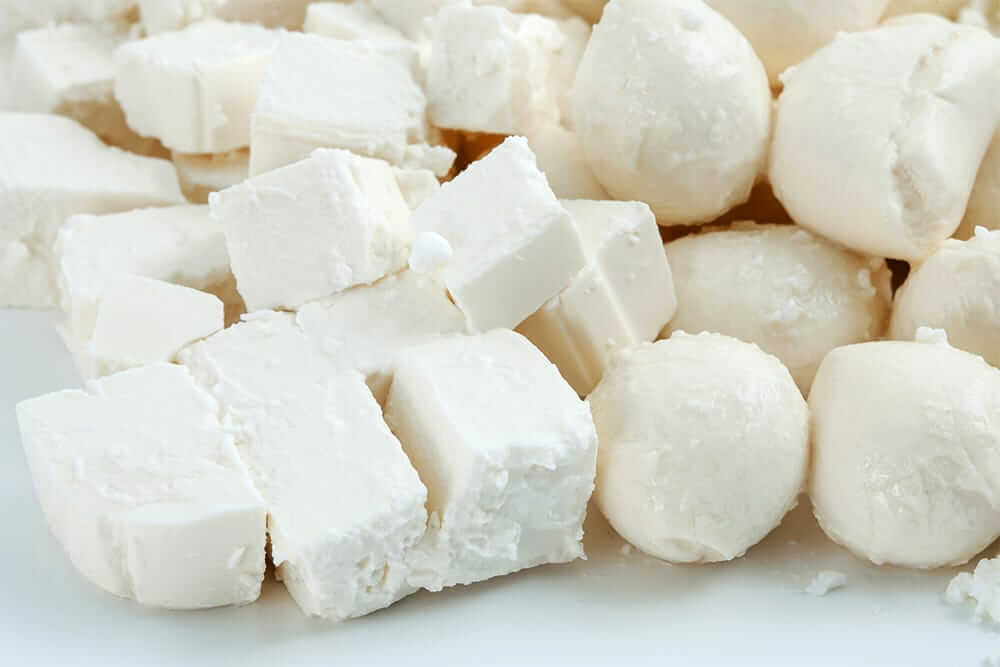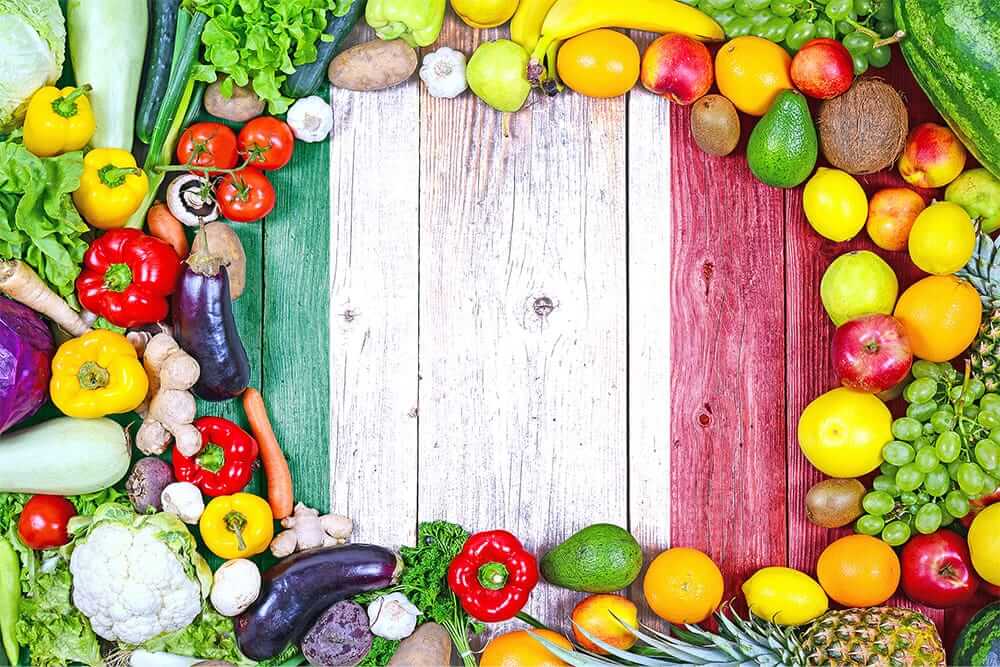The milk market situation: report by Milk Market Observatory's January 2023.
The Milk Market Observatory has released its January 2023 report that takes a snapshot of the global market situation for milk and milk products.
In November 2022, the average farm-gate milk price in the EU increased by +2% from the previous month to 57.78 c/kg. This price is +44.3% higher than in November 2021. Member states' estimates indicate a slight increase in the milk price in December 2022 to 57.78 c/kg (+0.1%).
The highest price of organic cow's milk in November 2022 was recorded in Cyprus (104.3 c/kg), Denmark (66.9 c/kg), and the Netherlands (65.8 c/kg), while the lowest price was recorded in Latvia (47.6 c/kg), Slovak Republic (50 c/kg) and Romania (50.3 c/kg). Organic milk prices are lower than conventional milk in 4 member states (Estonia, Latvia, Romania, and Slovakia).

EU cow's milk collection increased in November 2022 (3rd time in a row) by +1.9% (+204,000 tons) compared to the same month in 2021. Milk collection is up in two major producing countries (Germany and France). Cumulative deliveries in January-November 2022 are still lower (-0.1%) than 2021 levels. January-November deliveries increased in 10 member states, including Poland (+2.1%), the Netherlands (+0.9%), Belgium (+2.4%), and Ireland. (+0.7%).
Significant declines in output were reported in Croatia (-5.5%), Cyprus (-4.3%), Bulgaria (-3.2%), and Portugal (-3.1%). As of November 2022, only 4.1 percent of total raw milk collected was organic (based on 23 member states), with the highest shares recorded in Austria (18.6 percent), Sweden (16.4 percent), and Denmark (12.7 percent), and the lowest percentages in Portugal (0.1 percent), Poland (0.3 percent) and Bulgaria (0.3 percent).
Whole milk powder production in the EU decreased in January-November 2022 by -5.3% compared to 2021. Production increased only for cream (+0.6 percent) and skim milk powder (+0.6 percent). Butter production decreased by -0.1%. EU production also decreased for other categories of dairy products, such as concentrated milk (-3.9%), fermented milk (-0.4%), cheese (-0.5%), and drinking milk (-0.7%).

Dairy product prices have declined over the past four weeks (to 01/15/2023) for skim milk powder (-7%), butter (-9.4%), whey powder (-7.7%), whole milk powder (-8.2%), edam (-3.8%), gouda (-2.2%) and cheddar (-0.9%). 8,2%). Prices increased only for emmental (+5.5%).

EU dairy exports decreased in January-November 2022 (excluding the UK): skim milk powder (-12%), butter (-11%), butteroil (-6%), cheese (-4%), condensed milk (-15%), whole milk powder (-19%) and whey powder (-9%).
Total EU exports in the first 11 months of 2022 (excluding the UK) expressed in milk equivalent was -10% below 2021 levels.
EU butter imports (without the UK) increased by +276% from January to November 2022. Through October, EU butter imports from the UK increased by +33%. Through November 2022, the EU imported 6017 tons of butter and 2925 tons of cheese from Ukraine. The value of these exports is +20% higher than in 2021.

New Zealand's milk production in November 2022 (6th month of the season) decreased -1.7 percent and is down -3.1 percent in June-November 2022 compared to the 2021/22 season. Milk prices remained stable in November 2022 at 40.6 c/kg.
Milk production in Australia in November 2022 decreased by -9.1%. (5th month of the new season) and -6.7% in July-November 2022.
UK milk production in November 2022 increased (for the third time this year) by +3% and decreased by -0.3% in January-November 2022.
U.S. milk production increased (for the 5th consecutive time) by +1.3% in November 2022, up +0.1% from 2021. November's farmgate milk price decreased +7.1% to 50.9 c/kg (from 54.8 c/kg in October).
On the world market (22/01/2023), dairy product prices have decreased over the past fortnight in the U.S., Oceania, and the European Union. The only exceptions are cheddar prices in the EU and Oceania. The EU is the least competitive exporter of whole milk powder, butter, and cheddar. The United States is the most competitive for cheddar and skim milk powder, and Oceania for butter and whole milk powder.
Source: Milk Market Observatory



